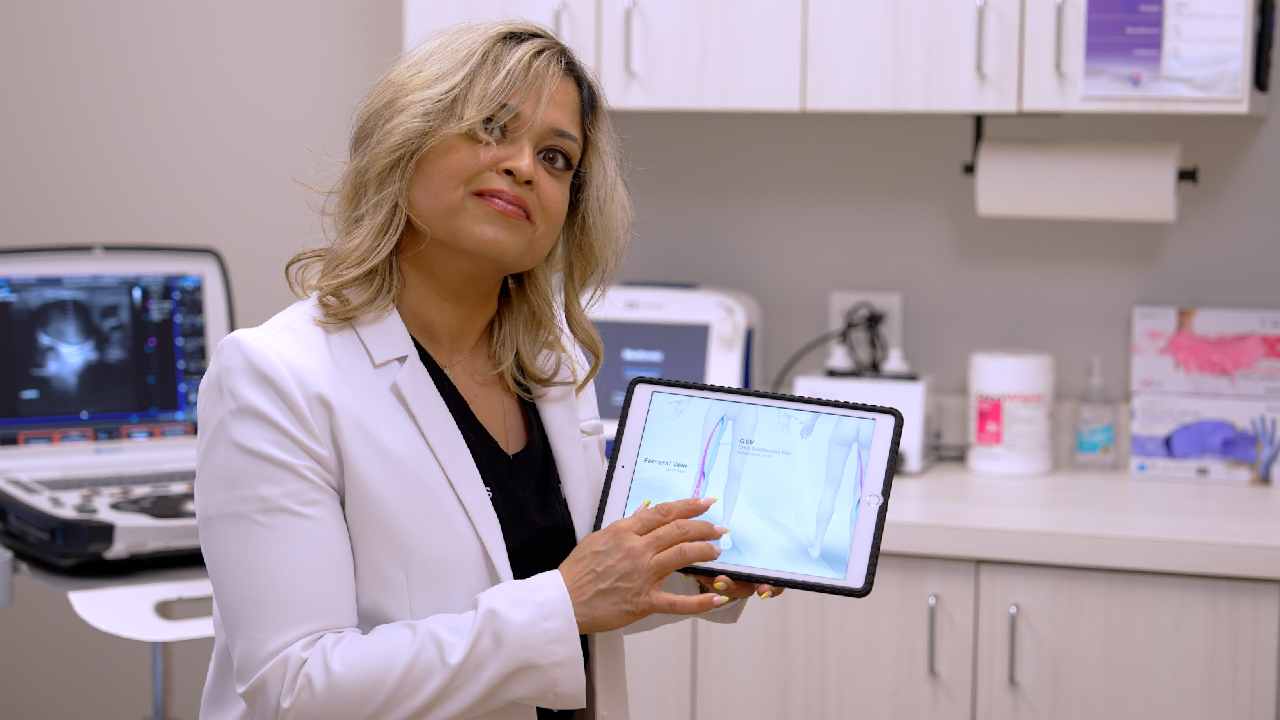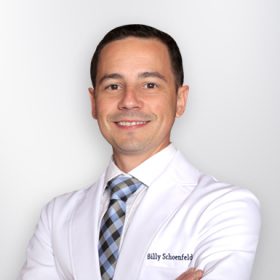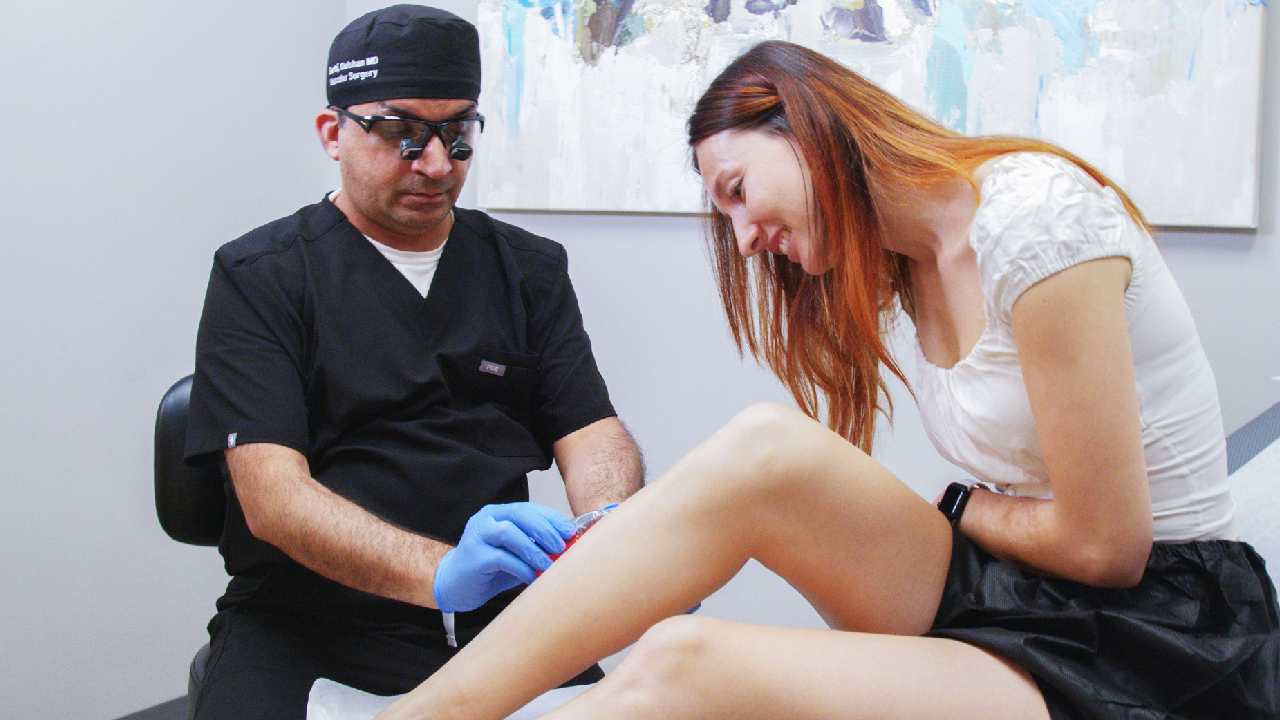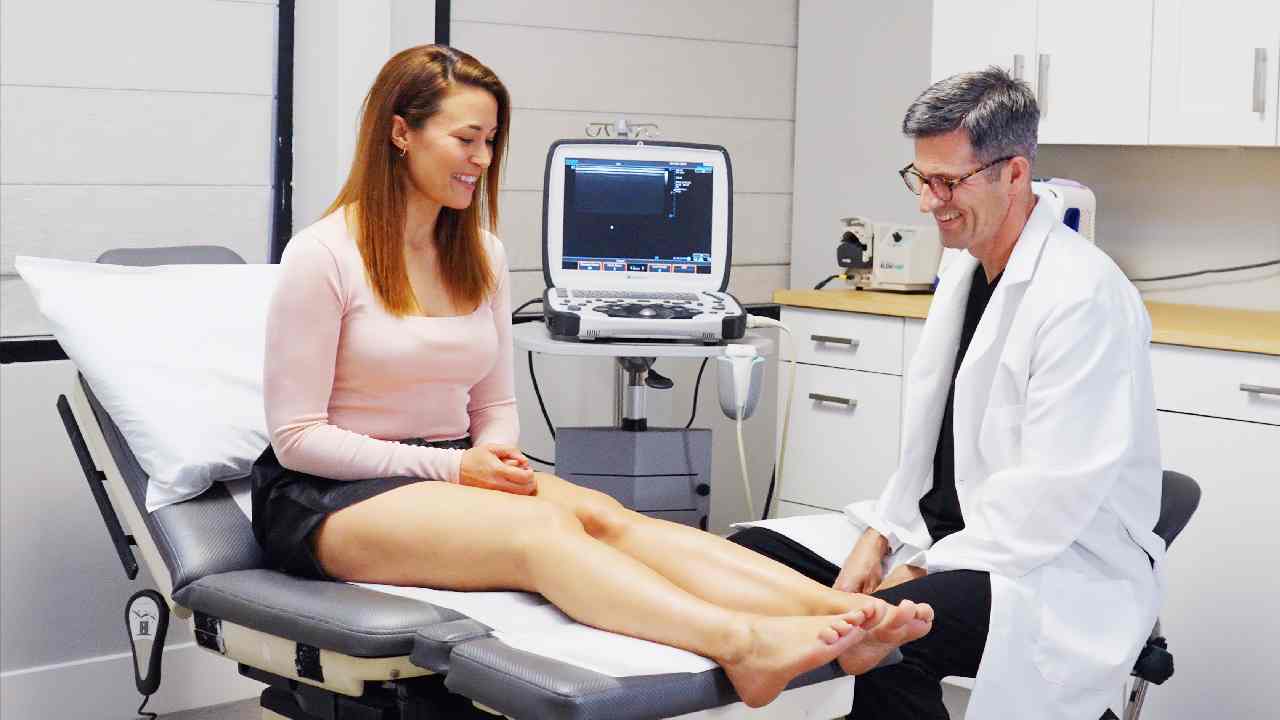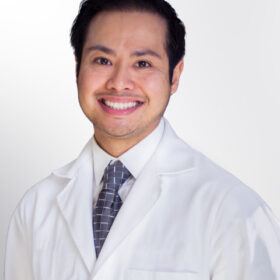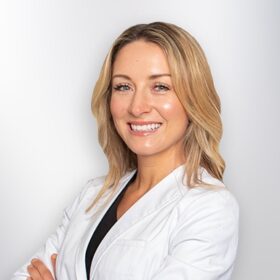
This is the Best Treatment for Venous Reflux in Legs!
Have you noticed that your legs feel heavy, achy, or swollen by the end of the day? You may also have visible bulging veins or dark, discolored skin around your ankles. These could be signs of venous reflux, a condition that impacts the veins in your legs. This happens when the veins fail to efficiently return blood to your heart, leading to poor circulation. Left untreated, venous reflux can cause serious complications, from skin ulcers to blood clots.
At Vein Treatment Clinic, we specialize in minimally invasive treatments for venous reflux and various vein conditions. Our team of board-certified vein doctors uses the latest technologies to provide the best care for patients across the United States. Whether you’re looking for a solution for varicose veins or need spider vein treatment, our vein treatment clinics offer personalized care to help you achieve healthier legs.
Are you interested in getting more information about your condition or getting a treatment?
Fill the form below to start!
What is venous reflux?
Venous reflux, or chronic venous insufficiency (CVI), is a condition in which the valves in the veins of the legs don’t function properly. Normally, these valves help direct blood flow back to the heart. However, when the valves become weakened or damaged, blood begins to pool in the veins, leading to symptoms like swelling, pain, and visible veins. This poor circulation is what causes venous reflux and contributes to the formation of varicose veins. It’s important to address venous reflux early, as it can worsen over time and lead to serious complications.
Signs and symptoms of venous reflux:
If you’re experiencing venous reflux, you may notice the following signs:
- Swelling in the legs, especially after long periods of standing or sitting
- Aching, cramping, or a feeling of heaviness in the legs
- Visible varicose veins or spider veins on your legs
- Skin discoloration, often near the ankles or lower legs
- Itchy, dry, or irritated skin around the affected area
- Leg ulcers or sores that take a long time to heal
- Throbbing or restless legs, especially at night
Possible complications of untreated venous reflux:
If venous reflux is left untreated, it can lead to several complications, including:
- Formation of leg ulcers that are difficult to heal
- Development of blood clots, also known as deep vein thrombosis (DVT)
- Chronic skin conditions, such as eczema or dermatitis
- Persistent swelling and discomfort in the legs
- Increased risk of varicose veins surgery or vein stripping in the future
- Bleeding from swollen veins that rupture or burst
How to diagnose venous reflux?
To diagnose venous reflux, Vein Treatment Clinic uses a non-invasive procedure called duplex ultrasound. This highly effective imaging technique lets our vein specialists see the blood flow through your veins in real time. The ultrasound can detect the presence of reflux and determine which veins are affected, allowing us to develop a personalized treatment plan for you. Duplex ultrasound is painless, quick, and safe, providing a detailed view of your veins without any incisions or injections, ensuring your treatment is as effective as possible.
The best treatments for venous reflux in the legs
When it comes to venous reflux, there’s no single “best” treatment. The right treatment depends on your specific condition and the severity of your symptoms. At Vein Treatment Clinic, we offer a range of options to address venous reflux effectively with minimal downtime. Below are some of the most popular minimally invasive vein treatments we offer:
Endovenous Laser Ablation (EVLA)
Endovenous Laser Ablation is a highly effective treatment for venous reflux that uses laser energy to seal off damaged veins. A small catheter is inserted into the vein, and the laser is activated to heat the vein walls. This causes the vein to collapse and close, redirecting blood flow to healthier veins. The procedure is minimally invasive and typically takes under an hour.
Radiofrequency Ablation (RFA)
Radiofrequency Ablation works similarly to EVLA but uses radiofrequency energy instead of laser heat. A catheter is inserted into the affected vein, and radiofrequency energy is applied to heat and close the vein. As with EVLA, blood is rerouted to healthy veins, providing long-term relief from venous reflux. RFA is a safe, effective, and minimally invasive procedure.
VenaSeal™
VenaSeal™ is a revolutionary treatment for venous reflux that uses a medical adhesive to close off damaged veins. Unlike laser or radiofrequency treatments, VenaSeal doesn’t require heat. A small amount of adhesive is injected into the vein, causing it to seal shut. This method is ideal for patients who may not tolerate heat-based treatments.
Sclerotherapy
Sclerotherapy is a non-surgical treatment that involves injecting a special solution (sclerosant) into smaller varicose veins or spider veins. The solution irritates the vein walls, causing them to collapse and close. This treatment is most effective for surface veins and can reduce the appearance of spider veins, improving the aesthetic appearance of your legs.
Ambulatory Phlebectomy
Ambulatory Phlebectomy is a surgical option for removing large varicose veins. During this procedure, small incisions are made in the skin, and the veins are removed through a gentle suction technique. It’s often used in combination with other vein treatments for venous reflux to remove particularly large or troublesome veins.
FAQs
What is the best spider vein treatment?
Spider vein treatment typically involves sclerotherapy or laser treatments. These are both minimally invasive options that effectively reduce or eliminate spider veins
Is varicose vein surgery necessary for venous reflux?
Varicose vein surgery is not recommended, as minimally invasive treatments like Endovenous Laser Ablation (EVLA) and Radiofrequency Ablation (RFA) are highly effective alternatives for treating venous reflux without traditional varicose veins surgery.
Do compression stockings help with varicose veins?
Yes, compression stockings for varicose veins can help improve circulation and reduce swelling. They don’t treat the underlying cause of venous reflux, but they can prevent the condition from worsening and can be part of a comprehensive vein treatment plan.
What is vein stripping, and is it still used for varicose veins?
Vein stripping is an older surgical technique that involves removing the affected vein. It has largely been replaced by minimally invasive vein treatments like EVLA and RFA, which offer quicker recovery times and less discomfort.
Can vein surgery be avoided for venous reflux?
Yes, with Endovenous Laser Ablation (EVLA), Radiofrequency Ablation (RFA), or VenaSeal™, vein surgery can often be avoided. These modern treatments effectively address venous reflux without traditional vein surgery. They’re also safer and often more effective.
Vein Treatment Clinic provides comprehensive care for venous reflux and a wide range of vein conditions. Contact us to schedule a consultation and learn more about our minimally invasive vein treatment options. Whether you’re dealing with spider veins, varicose veins, or other vein-related issues, we have solutions to help you feel better. Learn about our vein treatments and find a vein clinic near you to take the first step toward healthier legs.
FEATURED POSTS BY VEIN DOCTORS









